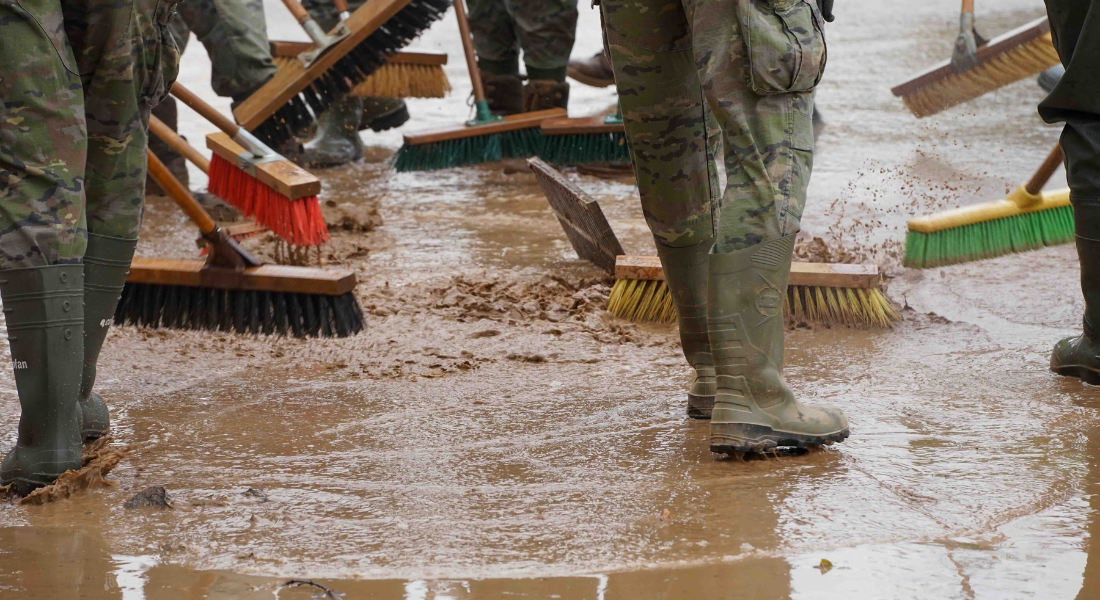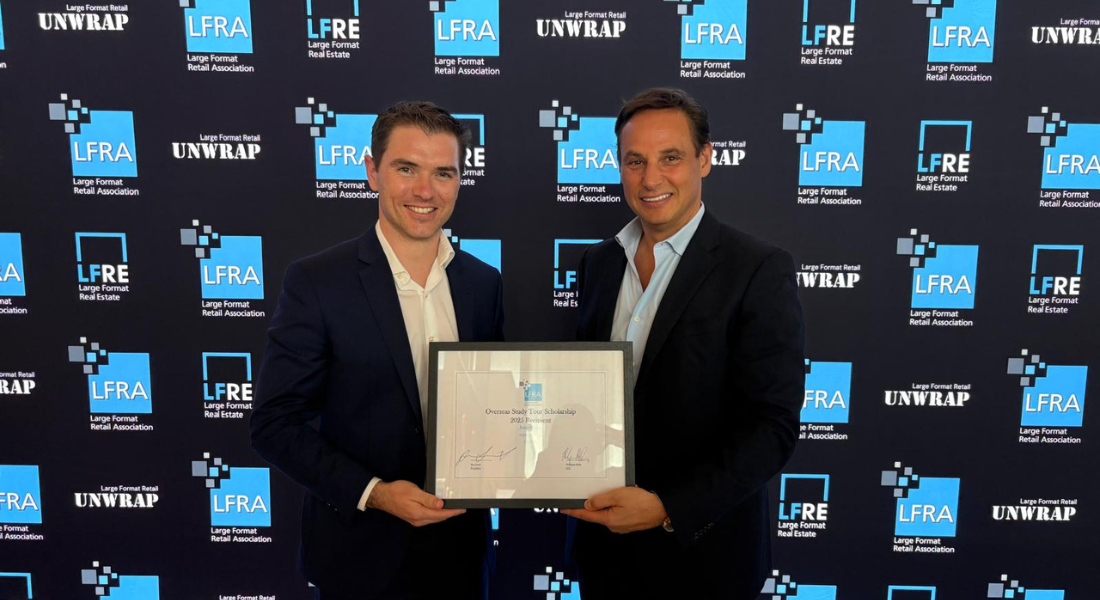Mainbrace designing out waste

Mainbrace is currently undertaking construction of a new 17,152 sqm Bunnings store in Leppington, western Sydney. In collaboration with the client, a particularly ambitious waste recycling target has been established.
This is how the team plans to achieve it.
Fellow members of the Large Format Retail Association, Mainbrace and Bunnings, are targeting a 95% recycle rate for all waste that leaves the site of the new Leppington store.
The plan was conceived in October 2020 when Mainbrace responded to the call to action from Bunnings with a comprehensive waste management strategy. In the days prior, Bunnings had announced the bold commitment to use 100% renewable energy by 2025.
At the same time, Mainbrace was in the process of updating its own environmental strategy, in recognition of the need to elevate our collective efforts, across all environmental disciplines.
Together, Mainbrace and Bunnings agreed a progressive waste management approach at Leppington made sense.
To achieve the 95% target at Bunnings Leppington, the design team, site team and subcontractors will all play an influential role.
For instance, the design team is responsible for integrating modular and pre-fabricated components where opportunities exist, designing for standard-sized materials where appropriate, and selection of recycled materials where possible.
Both the site team and subcontractors are also encouraged to use recycled materials when they can.
Elsewhere, the onus is on the site team to order correct quantities, limit wastage such as off cuts, undertake a life-cycle assessment of the site to plan ahead for its deconstruction on project completion, and implement a waste management plan to be site specific and relevant to site constraints.
The site team and subcontractors are vigilant in minimising packaging requirements. They return unrecyclable items to suppliers, audit and monitor bin usage to ensure segregation of waste is occurring, and are responsible for removing any excess material they bring on site.
Any materials that must be sent to the recycling facility are inspected, assessed, sorted, processed and tested to maximise the recovery of materials in waste loads received.
Following the sorting and testing of recovered materials, they are then on sold to recyclers who use the materials to manufacture a range of construction and related products.
On the bio-waste front, a dedicated food scrap bin is provided adjacent to the site compound area. Of course, the entire process is underpinned by thorough education for everyone connected to the project.
The new Bunnings Leppington is a prime example of the Mainbrace approach to waste management in action. That approach, explains Michael Witts, Director at Mainbrace Constructions, is strikingly obvious.
“It’s about doing the front end well in the design phase to stop waste coming on to the site to begin with.” Mr Witts says.
“Minimising waste on site is a consideration that can be addressed particularly in our Early Contractor Involvement process, by proactively ‘designing out’ waste.
“This requires cultural alignment between stakeholders, not just the contractor and client, but also the relationships with subcontractors, suppliers, manufacturers and others in the procurement cycle.
“At Bunnings Leppington, we’re privileged to work with a progressive client which understands the improved cost-efficiency, reduced waste and increased recycling rates achievable by designing out waste from the start,” he says.




